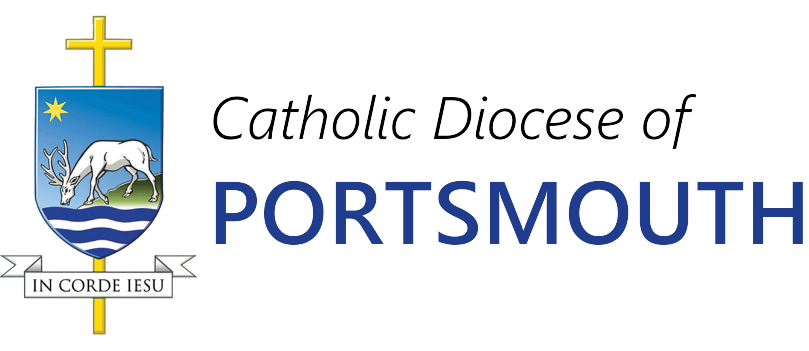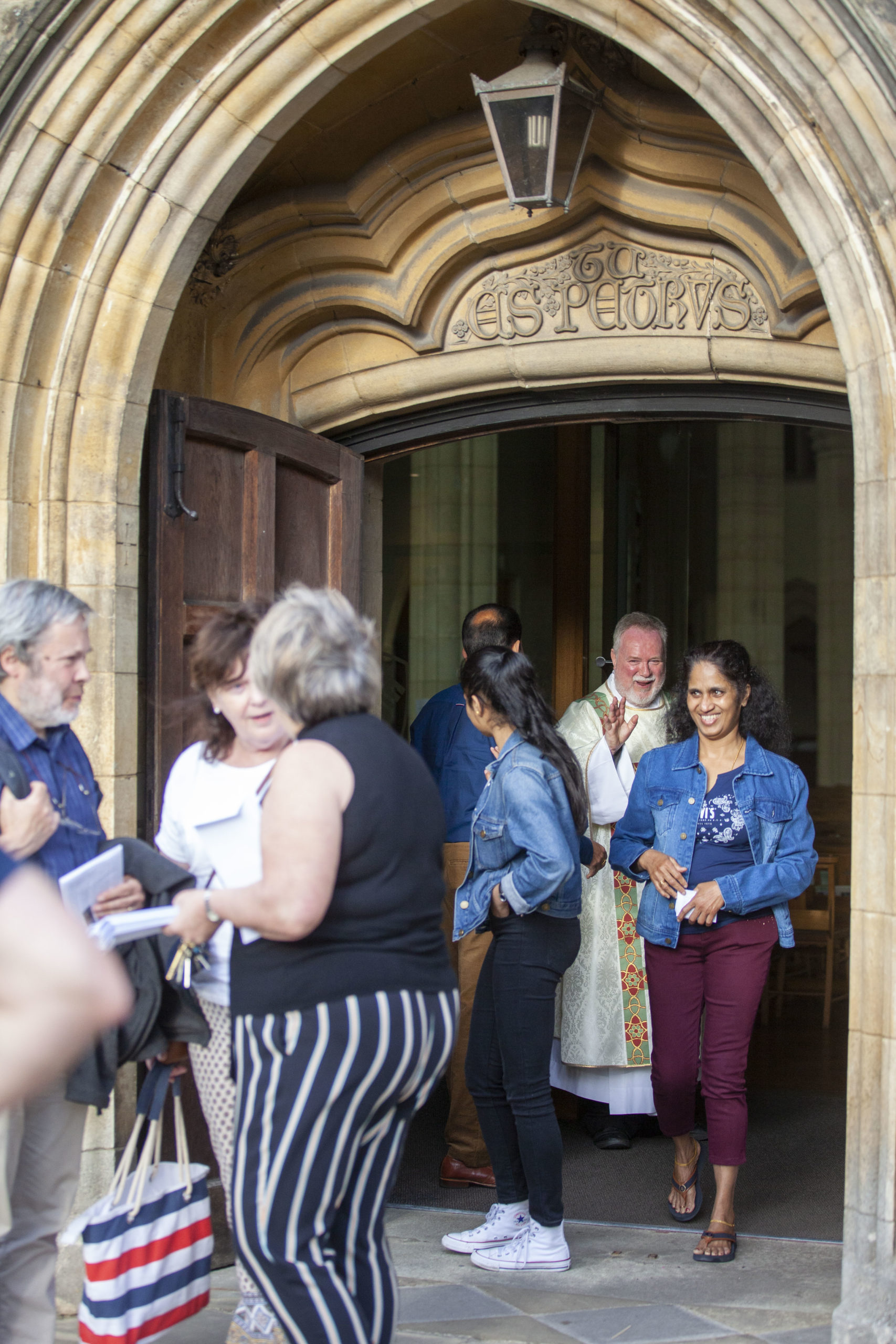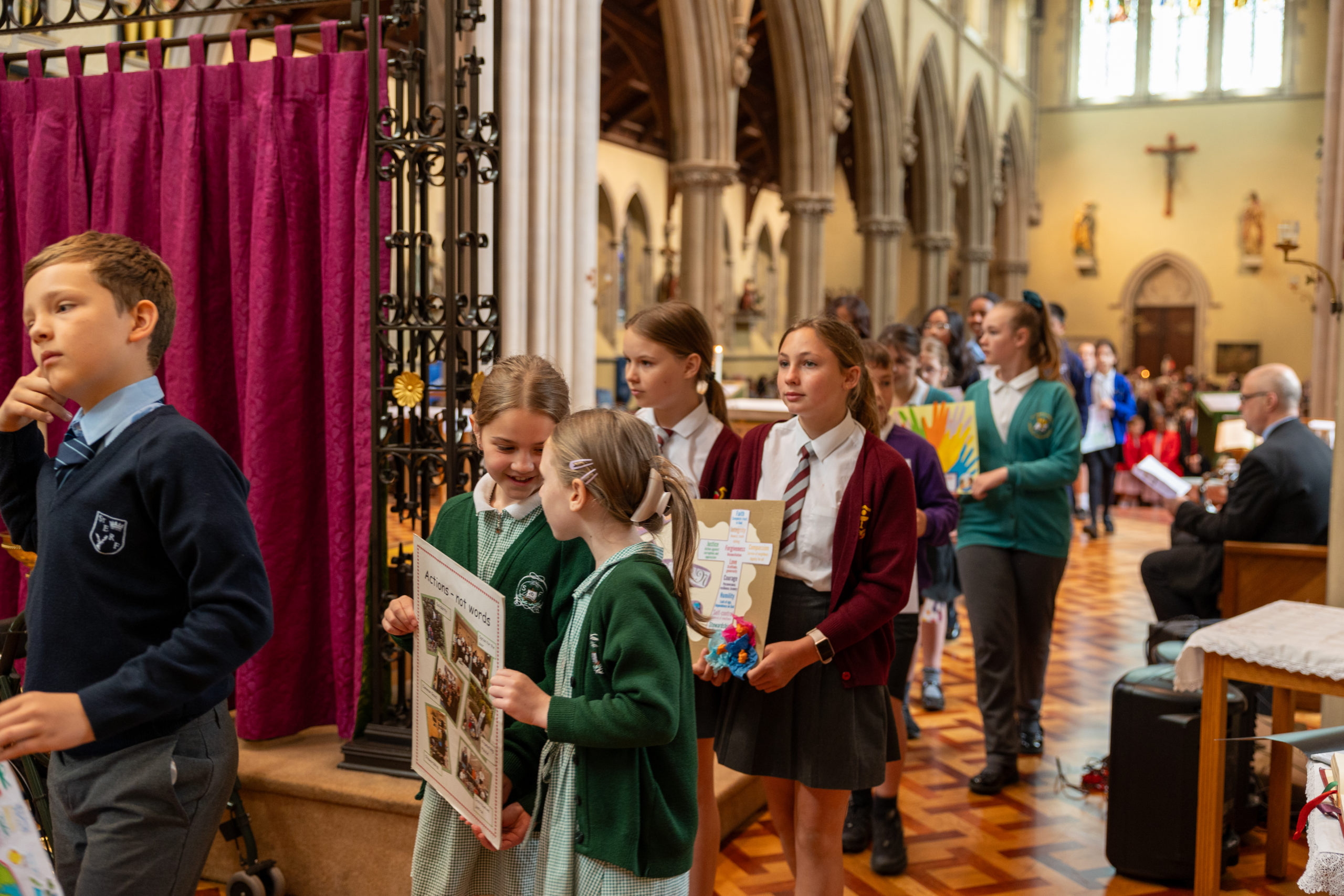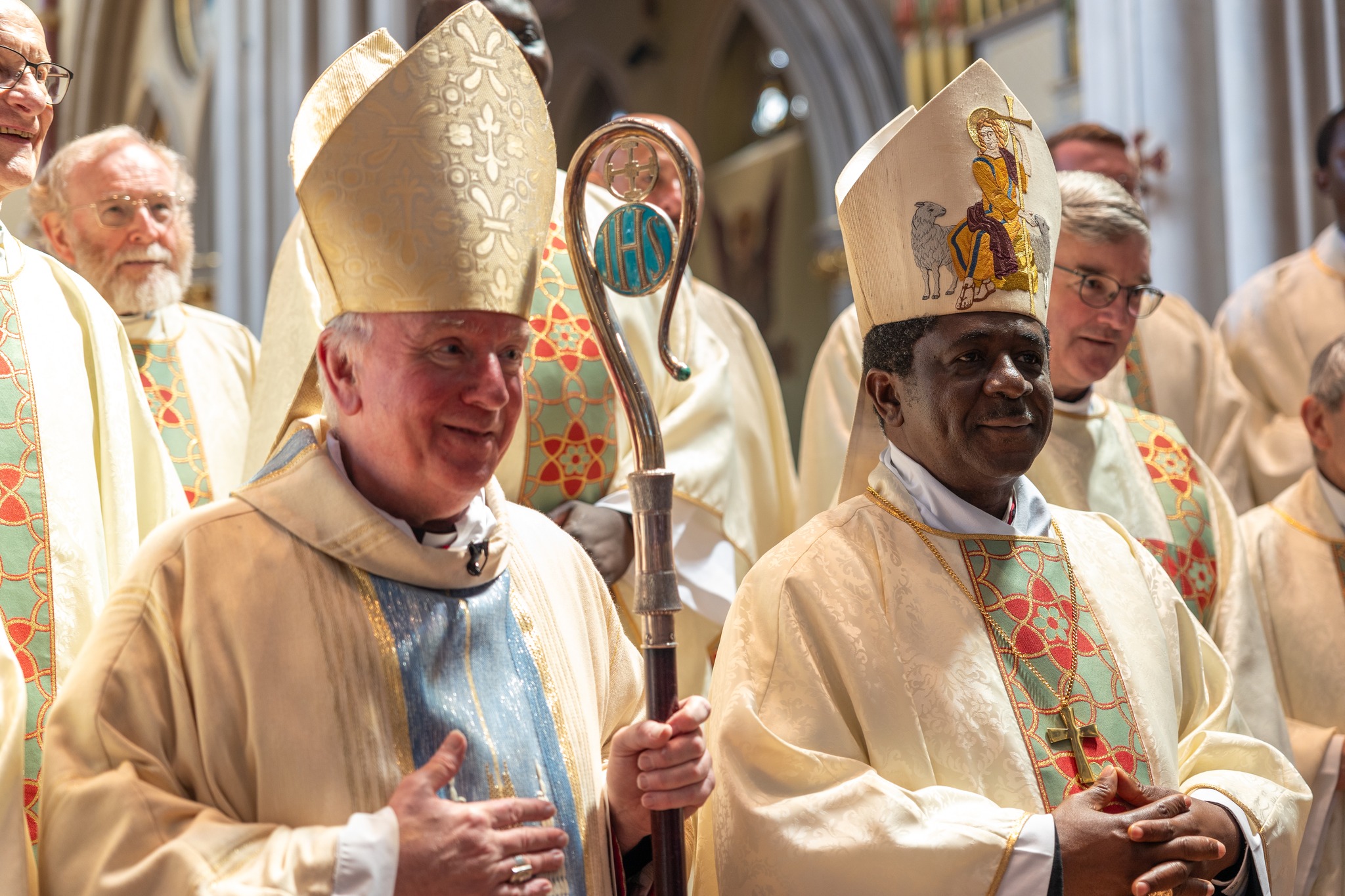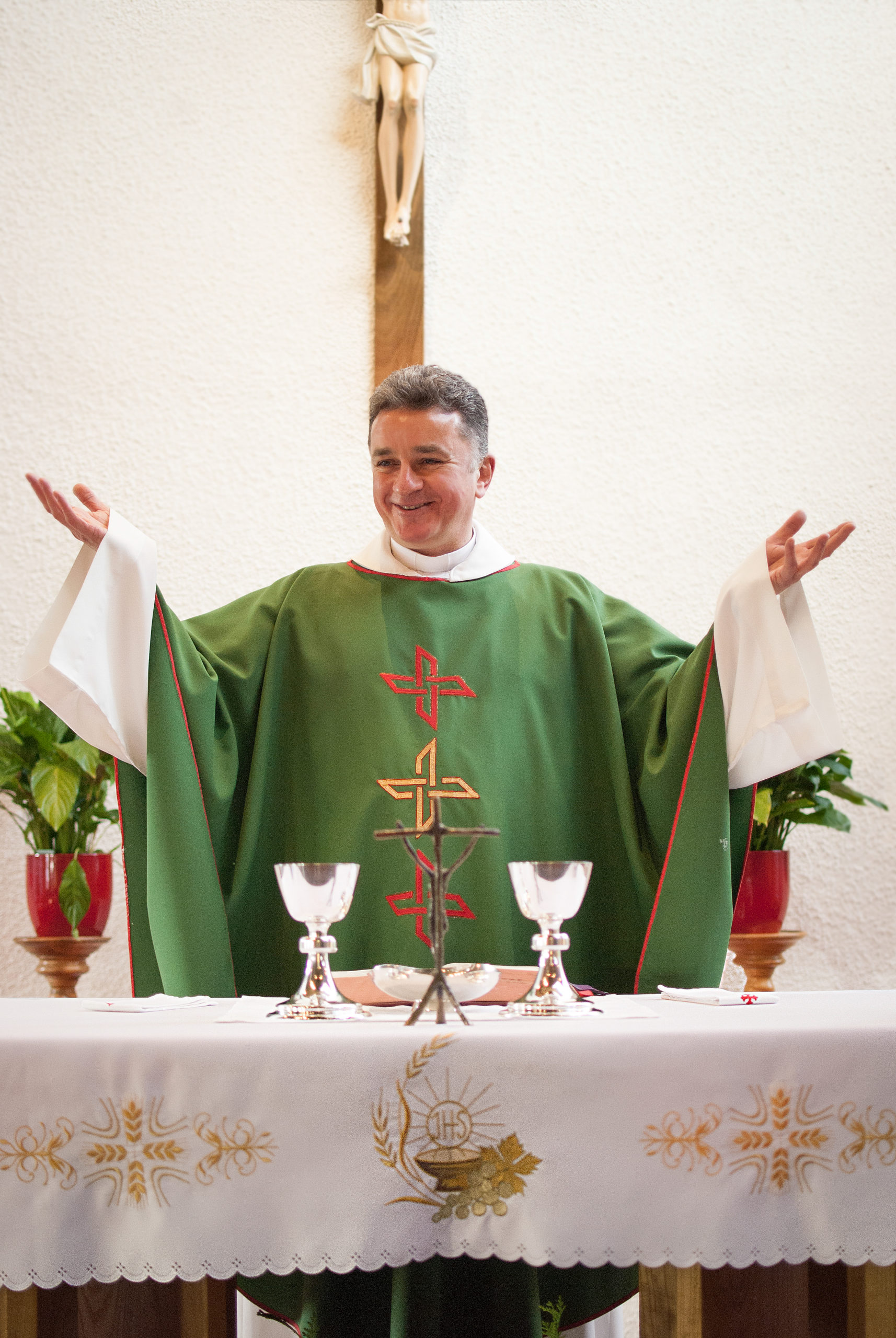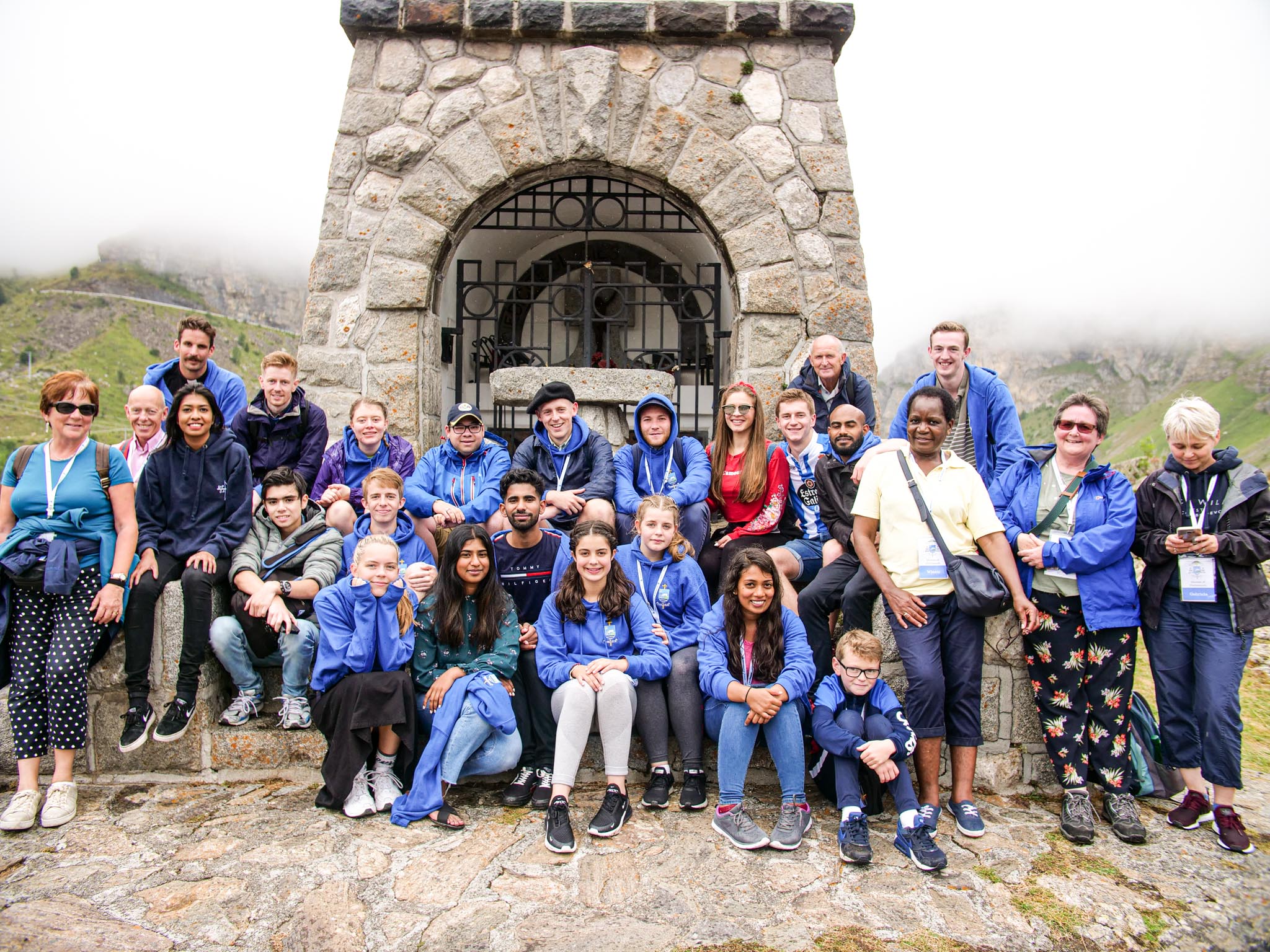A historic diocesan cope, (a liturgical vestment worn by Roman Catholics at non-eucharistic functions), which dates to the 1660s and boasts a dramatic history, is to feature in a new book entitled- 100 Treasures, and Curiosities from the Collection of Carisbrooke Castle Museum-detailing the treasures of the Isle of Wight’s, Carisbrooke Castle Museum.
The full-length cloak is formed from a semi-circular piece of cloth, it is open at the front and is fastened at the breast by hooks or a brooch. It is made of silk or other rich material in assorted colours.The cope’s origins and story thereafter narrate a fascinating 17th-century tale of Catholic persecution in England and abroad.
The book will celebrate the 125th anniversary of the museum by sharing the history of the Isle of Wight through “100 Treasures and Curiosities.”
The diocesan treasure, known as the St Dominic’s vestment, features embroidery created by religious sisters who lived in a Belgian community founded by Father Philip Thomas Howard. The community was established for English Roman Catholic women who had a vocation to religious life when religious orders and communities were still prohibited in England.

In 1794, the sisters were forced to escape Belgium due to the outbreak of the French Revolution and so buried the embroidery vestment in Brussels, which they recovered two years later and managed to smuggle back to the UK.
They eventually made their home at Carisbrooke in 1866 in St Dominic’s Priory, which was built for them by the Dowager Countess of Clare.
The embroidery was restored and remounted in 1940 by Sister Mary Hyacinth Graham.
To raise money for the project, the team at Carisbrook Museum are launching a sponsorship drive, with Medina Publishing, encouraging people to sponsor an artefact of their choice.
Dr Rachel Tait, Curator of Carisbrook Castle Museum said: “I’m excited that this book will be an opportunity to share with the public the museum’s collection of beautiful and significant as well as quirky and intriguing objects, dating from prehistory to the present day and collected over the last 125 years.’’
Bishop Philip Egan of Portsmouth said: “I was delighted to learn that a priceless piece of our diocesan heritage has been selected for this inspired project.
“The St Dominic’s vestment is steeped in history, reminding us of the courage and endurance of faithful Catholics in centuries past. This historic item gives us pause for thought, reflection, and thanksgiving.”
The enclosed community who lived at St Dominic’s Priory were sisters of the Order of Preachers, founded in the 13th century by the Spanish Saint Dominic Guzman.
The sisters were the last community of Dominican nuns in Britain and the priory closed in 1989.
More details about the current sponsorship drive for the 100 Objects project can be found at https://medinabookshop.com/100-objects?product-page=1
Recent Posts
From 1 December 2022 to 31 January 2023, donations made to Mary’s Meals will be doubled by a group of generous supporters, up to £ 1.5 million. Today, we face [...]
Continuing our Diocesan series for the website called, “Parish Unsung Heroes,” based on people who do things which demonstrate all the good things our faith stands for and live the [...]
The annual Closer to Christ Campaign (CTC) Mass of Thanksgiving was held at the Cathedral last week. It provided a chance to thank all those priests and parishioners who have [...]
The Bible Society have produced some great inspirational resources for advent including two new Bible and Art videos on The Madonna and Child and The Nativity; a look at the [...]
